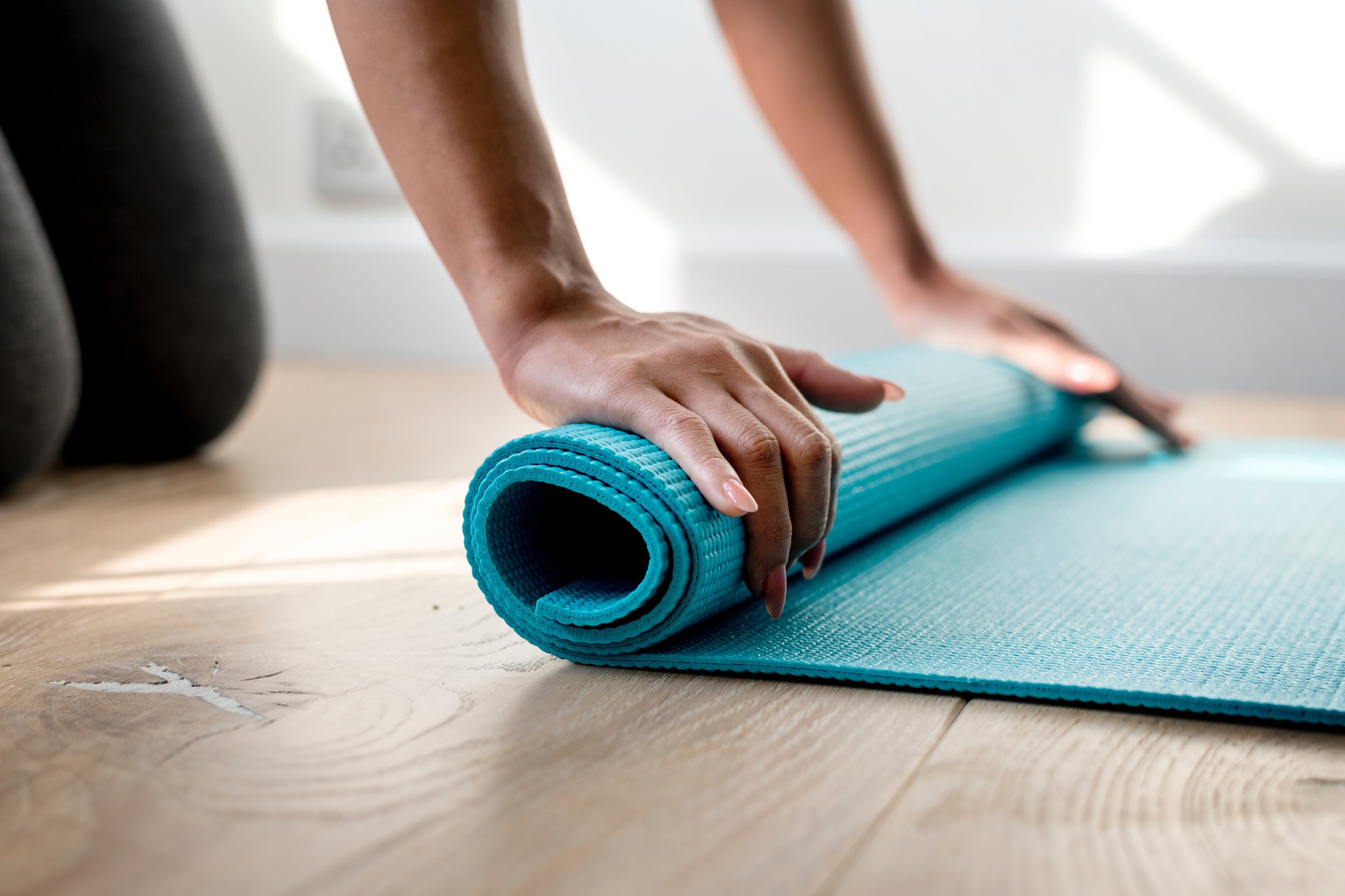To reduce the risk of incontinence, it’s essential to maintain the strength of your pelvic floor muscles. We look at some exercises to help you strengthen your pelvic floor.
So what is your pelvic floor? The pelvic floor is made up of a group of muscles located in the pelvis that stretch like a hammock from the pubic bone at the front, to the sides of the pelvis, and all the way back to the tail bone.
Inside this muscular hammock are several openings for the urethra, vagina and rectum (bowel) to pass though. The muscles surrounding these openings help you control the passing of urine, bowel actions or wind.
Dr Jyotsna Jayarajan, Urologist, Epworth, North Eastern Urology says that the pelvic floor muscles are essential for bowel and bladder control, as well as sexual health.
All the pelvic organs including the bowel and bladder in men, and the bowel, bladder and uterus in women, are supported by the pelvic floor. The pelvic floor helps to support your pelvic organs when you exercise, cough, sneeze, lift and walk.
Someone will know that they have weak pelvic floor muscles if they experience symptoms like leaking of urine when they cough, sneeze, laugh, exercise, or even during intercourse. Weak pelvic floor muscles can also make it difficult to control bowel actions and some women may find it difficult to retain tampons.
Many women will develop a weak pelvic floor following child birth. Other common reasons for developing a weak pelvic floor may include being overweight, having lower oestrogen levels after menopause, or having a surgery on one of your pelvic organs. People who have experienced long term pressure on the abdomen as a result of a persistent cough, lifting heavy weights or having long term constipation, may also develop a weak pelvic floor.
To strengthen the pelvic floor muscles, there a number of exercises that people can do. Dr Jayarajan says that it’s important to first identify where your pelvic floor muscles are before you begin to undertake any strengthening exercises.
Once the correct muscles are identified, the pelvic floor can be contracted for a few seconds at a time and then relaxed. This can be repeated up to 10 times, and at different times of the day. It is very important to have good technique with pelvic floor exercises and if you have trouble identifying the muscles or holding, seeing a continence specialist nurse, physiotherapist or doctor can be very useful.
Additionally, Dr Jayarajan says that general exercise like walking and Pilates can also help to strengthen the pelvic floor by maintaining a healthy weight and improving the core muscles.
08 November 2018

